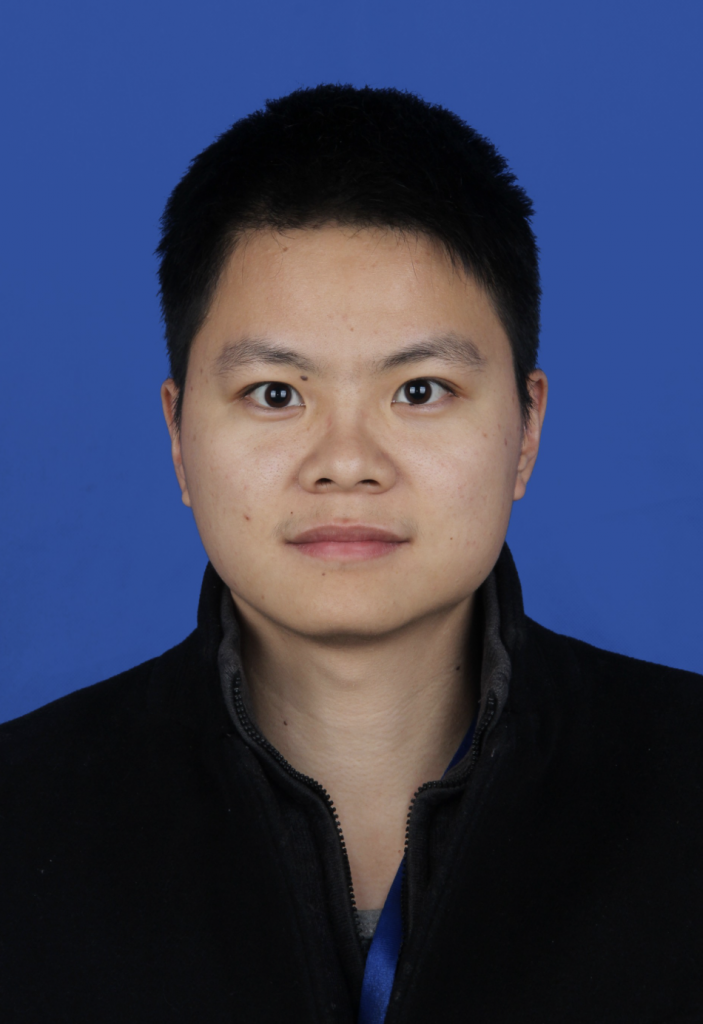Advancing Sorghum Genomics with Complete Telomere-to-Telomere Assemblies
The study from Wei et al (2024), presents the first complete telomere-to-telomere (T2T) assemblies for two sorghum genomes, BTx623 and Ji2055. Using a combination of Oxford Nanopore, PacBio HiFi, Hi-C, and Illumina short-read sequencing, the researchers achieved gap-free assemblies of the genomes. The study highlights the correction of assembly errors present in previous reference genomes and provides a more accurate genomic landscape, especially in centromeric and telomeric regions. These new T2T assemblies offer enhanced resources for functional genomics research and genetic improvement of sorghum.
The study from Deng, Y et al (2024) also provides T2T assembly for Btx623. This updated version of the BTx623 genome includes 43.6 Mb of newly identified sequences, correcting previous mis-assemblies and filling gaps in centromeric, telomeric, and repetitive regions. The study used a combination of PacBio HiFi, Oxford Nanopore, Illumina, and Hi-C sequencing techniques to create this comprehensive assembly, improving mapping rates and variant analysis accuracy, and enhancing genome-wide association studies (GWAS) efficiency. The final T2T assembly offers valuable insights into sorghum’s genomic architecture, supporting further biological research and agricultural applications.
All the T2T assemblies from these two studies have been staged in Sorghumbase
Both papers present T2T assemblies for the BTx623 sorghum genome, but with some differences in genome size and methodology. Yuan et al. (2024) reported a 719 Mb genome assembled using PacBio HiFi, ONT, Illumina, and Hi-C data, correcting 3913 gaps and misoriented regions, with 72.4% repetitive elements and 36,950 annotated genes, 3565 of which were newly identified. Wei et al. (2024) reported a slightly larger 719.90 Mb genome using similar sequencing technologies, capturing 36.25 Mb of new sequence, mainly repetitive elements, and correcting assembly errors, particularly around centromeres and telomeres. Their assembly identified 66.50% repetitive elements and 35,695 protein-coding genes. Both studies corrected previous misassemblies and improved genome completeness, though Wei et al. placed a stronger focus on centromeric regions and structural misorientations in chromosomes.
The development of telomere-to-telomere (T2T) assemblies represents a significant leap forward in sorghum genomics, providing complete, gap-free reference genomes for BTx623 and other varieties like Ji2055. These new assemblies resolve previously unexplored regions, including centromeres and telomeres, and correct numerous structural errors in older versions. As demonstrated in both studies, the T2T assemblies enable more accurate genetic analyses, such as genome-wide association studies (GWAS), gene annotations, and the study of structural variations, thereby opening new avenues for functional genomics research.
These T2T genomes will serve as critical resources for improving sorghum breeding, understanding genomic diversity, and adapting sorghum for various uses under challenging environmental conditions. The comprehensive nature of these assemblies, alongside their validation through multiple technologies, makes them the gold standard for future sorghum research and crop improvement.
The sorghum T2T genomes provide complete references with previous hidden information at an unprecedented level of accuracy for biological discovery and sorghum improvement. – Tao
References:
- Deng Y, Zhou P, Li F, Wang J, Xie K, Liang H, Wang C, Liu B, Zhu Z, Zhou W, Dun B, Lu X, Diao X, He Q. A complete assembly of the sorghum BTx623 reference genome. Plant Commun. 2024 Jun 10;5(6):100977. PMID: 38751118. doi: 10.1016/j.xplc.2024.100977. Read more
- Wei C, Gao L, Xiao R, Wang Y, Chen B, Zou W, Li J, Mace E, Jordan D, Tao Y. Complete telomere-to-telomere assemblies of two sorghum genomes to guide biological discovery. Imeta. 2024 Apr 5;3(2):e193. PMID: 38882488. doi: 10.1002/imt2.193. Read more
Related Project Websites:
- Tao Lab at Shenzhen Chinese Academy of Agricultural Sciences: https://agis.caas.cn/kydw/kydwyjzx/zwjyzyjzx/faee42d1d30545938afaae7a755e803c.htm



